DVSA Load Security Guidance - Updated December 2024
When carrying loads on lorries every HGV Operator knows how important it is to ensure that goods are secured safely so that they arrive at their destination in good condition and that they do not cause any damage or danger on the UK’s roads during the process of transporting them. The Driver and Vehicle Standards Agency (DVSA) first published the “Securing Loads on HGVs and Goods Vehicle” guide in July 2023. The guide replaced the previous DVSA guidance; “Safety of Loads on Vehicles: code of practice and load securing: Vehicle Operator Guidance”. In December 2024, the current guide was updated.
The DVSA’s press release about the updates states that the current guidance has been updated to add more detail and include further information on carrying out appropriate risk assessments on loads and making sure that, where needed, loads are sheeted correctly.
A key point to note is that because of the amendments to the Securing Loads on HGVs and Goods Vehicles Guide, the DVSA has also updated the “Categorisation of Defects” to reflect the various changes. A copy of that document can be found by clicking here.
Sections that have been Updated:
- About the Code of Practice
A new section has been added to highlight the importance of risk assessments and to assist with managing the issues facing Operators when securing loads. The update includes a section on the law that governs load security. To this has been added dangerous goods legislation to the list of other regulations and legislation that govern this area.
- Responsibility for Load Security.
There is an updated section on ‘Operator responsibilities’ which include
- Information about risk assessments
- Information on the powers of Traffic Commissioners to revoke, suspend or curtail Operator Licences if correct processes and policies are not in place to transport loads safely and securely, especially if serious injury or death occur as a result.
- Drivers’ responsibilities when loading vehicles
- Update to section on ‘Consignor responsibilities’ to add to the list of what load consignors must do.
- Load Securing: the basics
In this section the information on ‘what a load securing system needs to do’ has been updated.
- A new section about friction
- New information about securing very large or tall loads
- A new section on how to adequately cover the load.
The other section in this chapter that has been updated is “what to check before loading a vehicle’, where clarification is included about the risks associated with removing part of a load and how that might affect the security if there is no longer a ‘positive fit’.
- What to do if a load becomes unstable during a journey.
Within this section there is an update to the advice on what to do if a load shifts during the journey. The update includes;
- Changing some instances of ‘should’ to ‘must’, and some instructions from ‘must’ to ‘do not’.
- Ways to Secure a Load in an HGV or Goods Vehicle.
The section has eight different updates on;
- Attachment points
- Any attachment point must be strong enough to withstand the expected loads placed on it.
- Update to the description of ‘side raves’
- What to Operators and drivers must not do when using anchorage points.
- Buckle straps and internal nets
- Clarification on phrasing about items weighing up to and over 400kg
- Chains
- Update to state that chains may be more suitable than lashing straps for some loads and that Operators/drivers must not use a combination of lasing straps and chains to secure a load.
- Headboards and bulkheads
- Operators and drivers should load to the bulkhead between the cargo space and the cab.
- When parts of a divisible load are higher than the headboard, additional load securing methods should be used.
- Ropes
- Clarification on what ropes can and cannot be used for.
- Sheeting and netting
- Clarification that sheets and nets can be used to contain a load but not to secure it.
- Vehicle mount equipment
- A new section on how to secure a crane, grab arm or boom over a load, and;
- Lashing straps
- The change of mentions of ‘good condition’ to ‘usable condition’
- That operators and their drivers should not use a combination of ratchet straps and chains in the same load or lashing
- Information on replacing lashing straps if the fittings are missing, and
- When to use extra straps on a load.
- How to Load Different HGVs, Light Goods Vehicles, Small Vans and Cars
The section has updates on;
- Bulk tippers
- Updates include adding a section on use of bulk tippers to carry silage and agricultural material
- Information on when to use a sheet or net to cover a load.
- Flatbeds and low loaders
- Updates include when to load against the headboard or within 30 cm of it and how to use additional lashings to secure plant equipment or attach winch cables if they are fitted.
- Tilts and Euroliners
- Clarification on phrasing about items weighing up to and over 400kg
- Multi-deck trailers
- Clarification on phrasing about items weighing up to and over 400kg
- Boxsiders
- Updates on loading against or within 30 cm of the headboard or within 30 cm of the rear doors.
- Information on loads that can affect a box-sided vehicle’s stability
- Roof racks on cars
- Updated information on how to secure loads to roof racks
- Vans
- Information about when a bulkhead is required
- Clarification that loads should not be stored in the cab.
- How to Carry Different Types of Load in HGVs and Goods Vehicles
This section has updates on;
- Abnormal loads
- The harm abnormal loads can cause if they become detached from the vehicle.
- Use of lashings and chains
- Use of friction matting or a high-friction floor
- Advice on how to transport wheeled or chocked equipment
- Clarification as to what Operators and Consignors are responsible for
- Bales and boxes
- Clarification that the looser a bale is, the more likely it is to blow off the vehicle
- Bulk bags
- A new section on methods of securing bulk bags
- Construction products
- An update on how to secure construction products on pallets
- Dangerous goods
- Updates include; how to transport dangerous goods if they are not in a closed body vehicle
- Information about Dangerous Goods Safety Advisers (DGSAs)
- Updated to the information on securing hazardous materials carried on the same vehicle
- Removal of content about segregating dangerous goods
- Update to information on Gas Cylinders to clarify that operators and drivers must not carry cylinders in the passenger footwell
- Update to Intermediate bulk containers (IBCs) to carry goods to include securing empty IBCs with one strap and information about the marks required under ADR
- Addition of information about transporting asbestos waste
- Addition of information about Radiation Protection Advisers (RPAs)
- Glass
- Information on how operators and drivers should attach glass to a frail
- Metal Loads
- Updated information on how to cover these loads
- Pallets
- Update on stacking palletised loads with information on the strength of the lower layer and what operators and drives should consider when choosing a load securing method.
- Update to ‘equipment for loading pallets’ to state that operators must secure manual handling equipment to the load bed.
- Paper
- Clarification phrasing on baled paper and cardboard items weighing up to and over 400kg
- Update on paper reels to add information about ‘positive fit’.
- Vehicles
- Update on advise on how to secure such items
It also has a new section on “Fragile, crushable or non-uniform loads”.
To view a copy of the new guidance, you can click here. If you are unclear about any of the new changes and how they might affect your transport operation then please get in touch. Call us now on 01279 818280 or click here to send us an email. We are here to help.
© Richard Pelly, January 2025
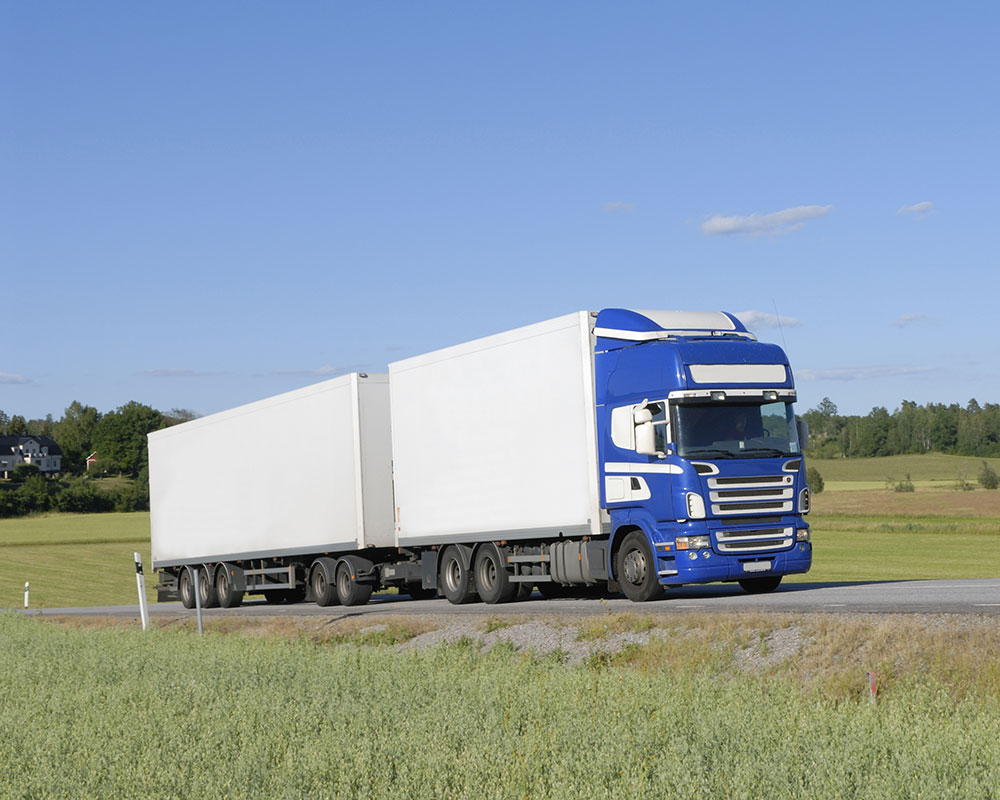
Latest Coach & Bus Industry News and Insight

New Rules for Vehicle Operators and Drivers Carrying Out International Journeys
The Department for Transport and the Driver and Vehicle Standards Agency recently issued a bulletin regarding the new rules that vehicle operators and their drivers will have to comply with if travelling on international journeys…

Road Haulage Association Members and DVSA Leadership Work Shadow Each Other!
To help highlight the Road Haulage Association’s “National Lorry Week” which this year was between 4th and 8th November 2024, the Road Haulage Association and the DVSA’s Leadership team decided to spend some time work shadowing each other….
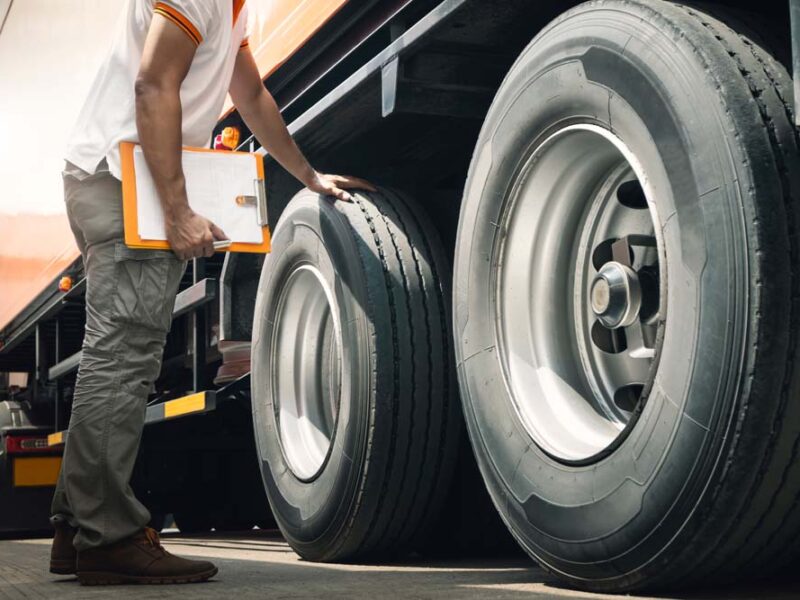
2024 Update to Guide to Maintaining Roadworthiness (GTMR)
The Guide to Maintaining Roadworthiness is the Driver & Vehicle Standard Agency’s (DVSA) standard produced in collaboration with key industry stake holders which explains the responsibilities and systems involved in maintaining vehicles in a roadworthy….

New Driver CPC Reforms to be in Force from 3rd December 2024
Following a very lengthy consultation period on this matter launched in early 2023, Parliament finally debated the “Vehicle Drivers (Certificates of Professional Competence) (Amendment) Regulations 2024” on Tuesday 29th October 2024…
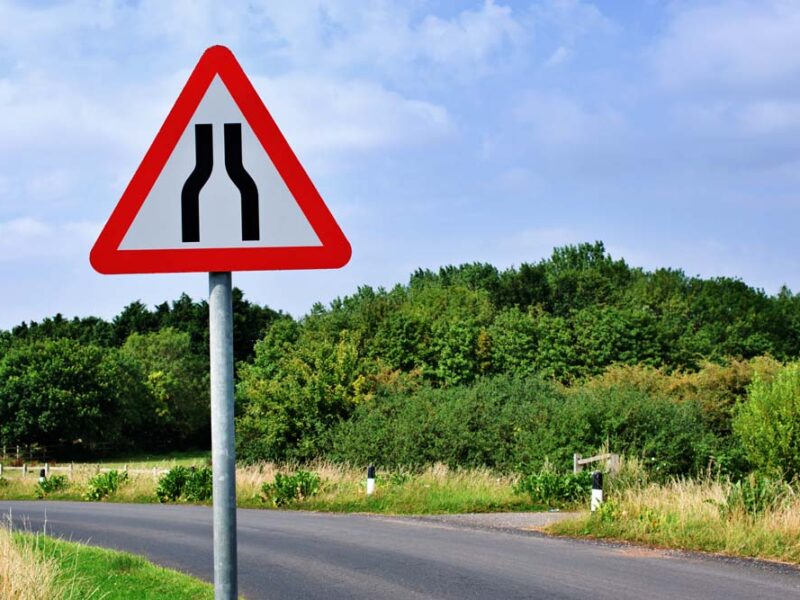
When Sat Nav’s Lead Lorries Astray!
Lorries getting into trouble and causing chaos in the small country roads of Great Britain have been making headlines again. Whilst a lot of this content is amusing and no doubt is a winner with internet audiences there is a very serious side to these incidents…

Traffic Commissioners 2023-2024 Report – the Highlights & the Lowlights of the Year
In early October the Traffic Commissioners of Great Britain published their annual report. The report encompasses the purpose of the individual Traffic Commissioners who are independent regulators for the goods vehicle and public service vehicle industries and their professional drivers…
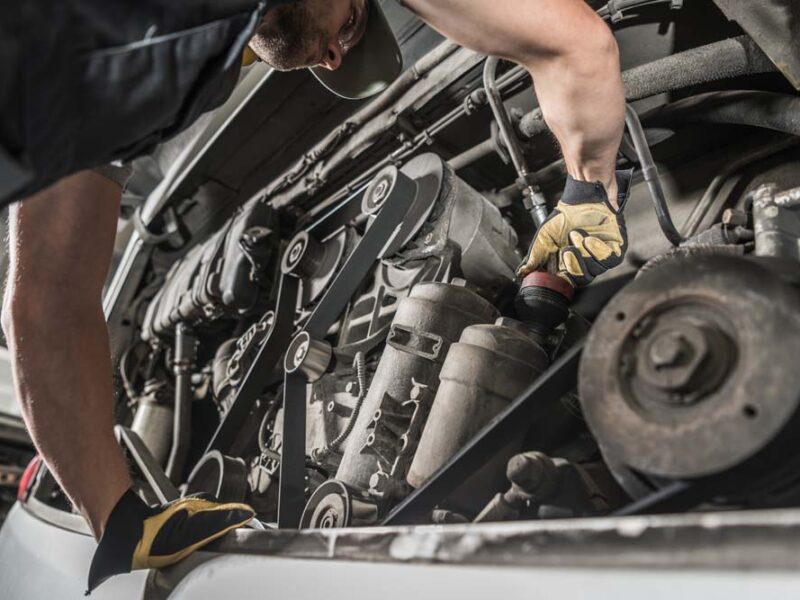
Vehicle Maintenance Data Collected by the DVSA
In a recent ‘blog’ by the DVSA’s Danny Charles the amount and type of data that the DVSA collects was discussed. Some may find it surprising how much data the DVSA holds and makes available to the general public on individual transport businesses…

Murky Mini-Bus Waters in UK?
There has been reports in the industry news concerning the number of illegal operators of mini bus services who are operating un-hindered by the regulatory enforcement agencies…

Driver CPC – Changes Coming in 2024 and 2025
The Driver Certificate of Professional Competence (DCPC) was introduced in the UK in 2007, as specified in EU Directive 2003/59/EC for all commercial drivers…

Driving in the UK? Read about the latest Rule Changes in 2024
Earlier this year various new driving laws were introduced, impacting both standard road users as well as HGV and PSV road users across England, Wales & Scotland. If you are driving in the UK, especially if you are a commercial driver, then you should ensure that you are aware of these amendments and new rules…
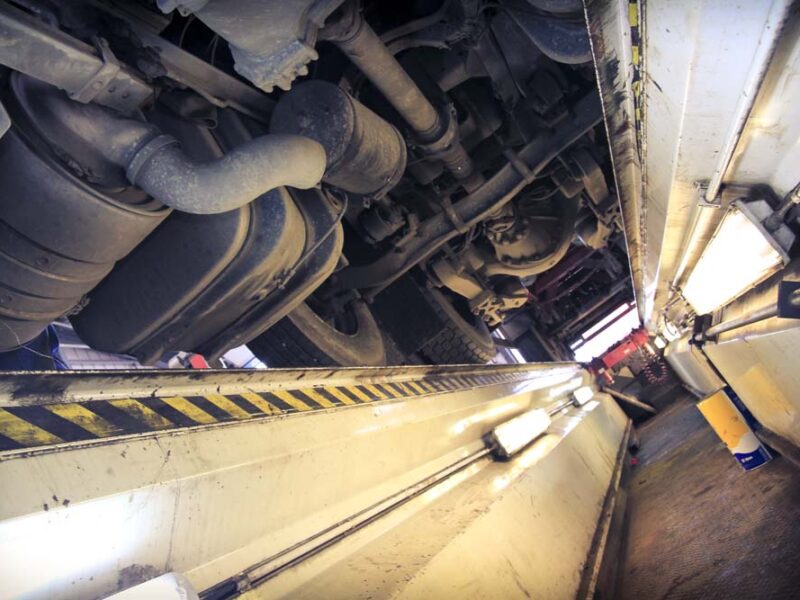
Are You Taking your Responsibilities to Maintain your Vehicles Seriously?
Running a haulage business is not an easy undertaking. There are a multitude of decisions to be made on a daily basis before any driver actually gets behind the wheel and delivers the goods (or passengers!).

Update to the Guide to Registering & Operating Local Bus Services in England & Wales
The Senior Traffic Commissioner’s guide to registering and operating local bus services in England and Wales is intended to help operators of local bus services understand the requirements for registering a service.
